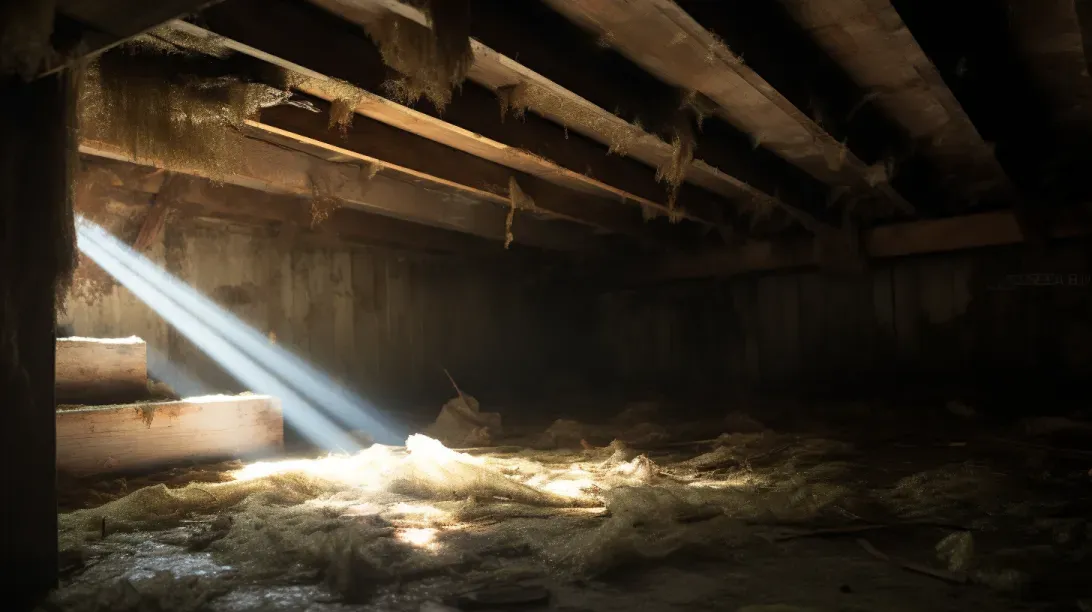
The environment within a crawl space is not static; it fluctuates with the changing seasons, each bringing its own set of challenges and considerations. Understanding how these seasonal changes impact crawl spaces is crucial for homeowners, as it directly influences the risk of mold growth and the overall health of the home. This introduction delves into the effects of different seasons on crawl space environments and how these changes can foster mold growth.
Seasonal Influences on Mold Growth in Crawl Spaces
As the seasons shift, so do the conditions in your crawl space. From the dampness of spring rains to the humidity of summer, the dryness of fall, and the cold of winter, each season can create an environment that either discourages or encourages mold growth.
- Spring: Increased moisture from rain can lead to higher humidity levels in crawl spaces, creating ideal conditions for mold.
- Summer: Warm temperatures and humidity can further promote mold growth, especially if ventilation is inadequate.
- Fall: As temperatures drop, condensation can occur, potentially leading to moisture problems.
- Winter: Colder temperatures can cause pipes to freeze and burst, leading to water intrusion and mold issues.
Recognizing these seasonal patterns is key to implementing effective mold prevention strategies.
Adapting Mold Prevention Strategies to Seasonal Variations
In this guide, we will focus on how to adapt your mold prevention strategies to effectively counteract the varying conditions brought about by each season. From ensuring proper ventilation and moisture control to regular inspections and maintenance, we will explore a range of measures that can be tailored to address the unique challenges posed by different times of the year. Understanding and responding to these seasonal dynamics is essential for maintaining a healthy, mold-free crawl space environment throughout the year.
Understanding Mold Growth in Crawl Spaces
Mold growth in crawl spaces is a common issue that many homeowners face. Understanding the dynamics of how and why mold thrives in these areas is crucial for effective prevention and remediation. This section of the blog will explore the basic conditions that lead to mold growth in crawl spaces and discuss why these areas are particularly vulnerable to mold infestation.
The Basics of Mold in Crawl Spaces
Mold growth in crawl spaces is primarily driven by certain environmental conditions. Recognizing these can help in identifying and addressing potential mold issues before they escalate.
Conditions Leading to Mold Growth in Crawl Spaces:
- Moisture: The most critical factor for mold growth. Moisture in crawl spaces can come from high humidity, leaks, condensation, or groundwater seepage.
- Lack of Ventilation: Poor ventilation leads to stagnant air, which can increase humidity levels and create an ideal environment for mold.
- Organic Material: Mold feeds on organic materials such as wood, paper, and insulation commonly found in crawl spaces.
- Temperature: Warm temperatures in crawl spaces can accelerate mold growth, especially when combined with moisture.
Understanding these conditions is the first step in preventing and controlling mold growth in crawl spaces.
Why Crawl Spaces are Vulnerable to Mold
Crawl spaces have unique characteristics that make them particularly susceptible to mold infestation. It's important to understand these aspects to effectively safeguard against mold.
Unique Aspects of Crawl Spaces Leading to Mold Vulnerability:
- Enclosed Space: Being enclosed, crawl spaces often have limited airflow, which can lead to high humidity levels.
- Ground Proximity: Their proximity to the ground can make them more susceptible to moisture from soil and groundwater, especially if not properly sealed.
- Infrequent Monitoring: Crawl spaces are often neglected or infrequently checked, allowing mold problems to develop unnoticed over time.
- Insulation Issues: Improperly installed or inadequate insulation can lead to condensation and moisture accumulation.
Recognizing why crawl spaces are prone to mold can guide homeowners in implementing effective strategies to mitigate these risks, such as improving ventilation, ensuring proper insulation, and regular monitoring.
Seasonal Impact on Crawl Space Mold
The growth and proliferation of mold in crawl spaces are significantly influenced by seasonal changes. Each season brings its own set of environmental conditions that can either exacerbate or mitigate mold growth. Understanding these seasonal dynamics is crucial for homeowners to effectively manage and prevent mold in their crawl spaces. This section of the blog will explore how the different conditions in spring and summer specifically impact mold growth in crawl spaces.
Spring and Mold Growth
Spring is often a critical time for mold growth in crawl spaces due to a combination of increased moisture and rising temperatures.
Overview of Spring Conditions Leading to Mold Growth:
- Increased Moisture: Spring rains and thawing snow can lead to higher humidity levels and moisture accumulation in crawl spaces, creating ideal conditions for mold growth.
- Warmer Temperatures: As temperatures begin to rise in spring, they can accelerate mold growth, especially when combined with increased moisture.
- Seasonal Allergies: Mold growth in spring can exacerbate seasonal allergy symptoms, making it a health concern for sensitive individuals.
- Preventive Measures: Homeowners should focus on improving ventilation, using dehumidifiers, and ensuring proper drainage around the foundation to control moisture levels in crawl spaces during spring.
Recognizing and addressing these springtime factors is key to preventing mold growth in crawl spaces during this season.
Summer Challenges: Heat and Humidity
Summer presents its own challenges for crawl space mold control, primarily due to the heat and humidity typical of the season.
Impact of Summer Heat and Humidity on Mold:
- High Humidity Levels: Summer humidity can lead to increased moisture content in the air, which can seep into crawl spaces and foster mold growth.
- Elevated Temperatures: The heat of summer can further promote mold growth, creating a hot and humid environment that is ideal for mold proliferation.
- Ventilation and Insulation: Proper ventilation and insulation in crawl spaces are crucial during summer to maintain a dry environment and prevent mold.
- Regular Inspections: Frequent checks for signs of mold and moisture are important in the summer months to address any issues promptly.
Managing the unique challenges of summer in crawl spaces involves a combination of moisture control, adequate ventilation, and regular monitoring.
Fall and Winter Mold Prevention
As the seasons transition into the cooler months of fall and winter, the approach to mold prevention in crawl spaces must also adapt. These seasons bring unique challenges that can foster mold growth if not properly managed. Understanding and implementing effective strategies during these times is crucial for maintaining a mold-free environment in your home. This section of the blog will provide tips for mold prevention in crawl spaces during fall and outline strategies to control mold growth during the winter months.
Preparing for Cooler, Damp Conditions in Fall
Fall often brings cooler, damp conditions that can create an ideal environment for mold growth in crawl spaces. Preparing for these changes is key to preventing mold proliferation.
Tips for Mold Prevention in Crawl Spaces During Fall:
- Control Moisture: Ensure that your crawl space remains dry by fixing any leaks and improving drainage around your home’s foundation.
- Enhance Ventilation: As temperatures drop, maintaining good ventilation in the crawl space is essential to prevent moisture buildup.
- Inspect and Clean Gutters: Clogged gutters can lead to water accumulation around the foundation, increasing the risk of moisture seeping into the crawl space.
- Check Insulation: Proper insulation can help regulate temperatures and reduce the likelihood of condensation, which can lead to mold growth.
Taking these proactive steps in fall can significantly reduce the risk of mold issues in your crawl space.
Winter Mold Risks and Mitigation
Winter, with its cold and often wet conditions, can also present challenges for mold control in crawl spaces.
Strategies to Control Mold Growth in Crawl Spaces During Winter:
- Monitor Humidity Levels: Use a hygrometer to keep track of humidity levels in your crawl space, aiming to keep them below 60%.
- Seal and Insulate Pipes: Prevent pipes from freezing and bursting, which can introduce moisture into the crawl space.
- Regular Inspections: Continuously inspect your crawl space for signs of mold or moisture, especially after snowfall or rain.
- Use of Dehumidifiers: In areas with high indoor humidity, a dehumidifier can help maintain dry conditions in the crawl space.
By implementing these strategies during the winter months, you can effectively manage and mitigate the risks of mold growth in your crawl space, ensuring a healthier living environment.
Year-Round Mold Prevention Techniques
Effective mold prevention in crawl spaces requires a consistent, year-round approach. Mold growth can occur at any time, given the right conditions, making regular attention and maintenance crucial. This section of the blog will focus on providing guidelines for routine inspections and maintenance of crawl spaces to prevent mold growth, as well as a comprehensive overview of moisture control methods that are effective throughout the year.
Regular Inspections and Maintenance
Routine inspections and maintenance are key to early detection and prevention of mold growth in crawl spaces. Regular checks can identify potential problems before they escalate into major mold infestations.
Guidelines for Crawl Space Inspections and Maintenance:
- Frequency of Inspections: Conduct thorough inspections of your crawl space at least twice a year, typically in spring and fall, and after any severe weather events.
- Look for Signs of Moisture: Check for any signs of water intrusion, leaks, or condensation, as moisture is the primary catalyst for mold growth.
- Inspect Ventilation Systems: Ensure that any ventilation in your crawl space is unobstructed and functioning properly to maintain adequate airflow.
- Check for Structural Issues: Look for any cracks or gaps in the foundation where moisture could enter and seal them as necessary.
- Remove Organic Debris: Clear out any organic materials like leaves or wood, which can be food sources for mold.
Adhering to these inspection and maintenance guidelines can significantly reduce the risk of mold growth in your crawl space.
Moisture Control Strategies
Maintaining a dry crawl space is crucial for mold prevention. Implementing effective moisture control strategies is essential and can vary depending on the specific conditions of your crawl space and the local climate.
Comprehensive Overview of Moisture Control Methods:
- Use of Dehumidifiers: Especially in humid climates, a dehumidifier can help maintain low humidity levels in your crawl space.
- Proper Ventilation: Ensure adequate ventilation to reduce moisture buildup. This may include installing vents or fans.
- Vapor Barriers: Install a vapor barrier on the crawl space floor to prevent ground moisture from seeping in.
- Address Groundwater Issues: Ensure proper drainage around your home’s foundation to prevent water from pooling and seeping into the crawl space.
- Insulate Pipes: To prevent freezing and bursting in colder months, which can introduce moisture into the space.
By implementing these moisture control strategies consistently throughout the year, you can effectively maintain a dry crawl space, significantly reducing the likelihood of mold growth.
Ventilation and Dehumidification Solutions
Effective ventilation and dehumidification are crucial in maintaining a healthy crawl space environment and preventing mold growth. These solutions help manage the humidity and air quality in crawl spaces, which are key factors in mold prevention. This section of the blog will provide advice on optimizing crawl space ventilation and discuss the role of dehumidifiers in maintaining optimal humidity levels to prevent mold.
Optimizing Crawl Space Ventilation
Proper ventilation in a crawl space is essential for reducing the risk of mold growth. It helps to regulate the air flow and moisture levels, creating an environment less conducive to mold.
Advice on Enhancing Crawl Space Ventilation:
- Assess Current Ventilation: Evaluate the existing ventilation system in your crawl space to determine if it is adequate.
- Install Vents: If necessary, install additional vents to improve air circulation. The placement of vents is crucial for effective cross-ventilation.
- Consider Powered Ventilation: In some cases, installing an exhaust fan or other powered ventilation systems can help in maintaining consistent air flow.
- Clear Obstructions: Ensure that vents are not obstructed by debris, insulation, or storage items, as this can impede air flow.
- Regular Maintenance: Keep the ventilation system clean and in good working order to ensure its effectiveness.
Enhancing crawl space ventilation is a proactive step in reducing moisture and preventing mold growth.
The Role of Dehumidifiers
Dehumidifiers play a significant role in controlling the humidity levels in crawl spaces, which is a critical factor in mold prevention.
Discussion on the Use of Dehumidifiers:
- Maintaining Optimal Humidity: Dehumidifiers help maintain humidity levels at a point where mold is less likely to grow, typically below 60% relative humidity.
- Selection of Dehumidifier: Choose a dehumidifier that is appropriately sized for your crawl space area and conditions.
- Strategic Placement: Place the dehumidifier in a location where it can effectively reduce moisture levels throughout the crawl space.
- Regular Monitoring: Use a hygrometer to monitor the humidity levels and adjust the dehumidifier settings as needed.
- Maintenance: Regularly clean and maintain the dehumidifier to ensure its efficiency and longevity.
Incorporating a dehumidifier into your crawl space environment is an effective way to control moisture and reduce the risk of mold growth.
FAQs
Contact Bull City Crawlspace Today!
Bull City Crawlspace will do everything we can to ensure your experience with us is excellent.
Request A FREE Estimate
Request a Free Estimate Form
Checkout Recent Post
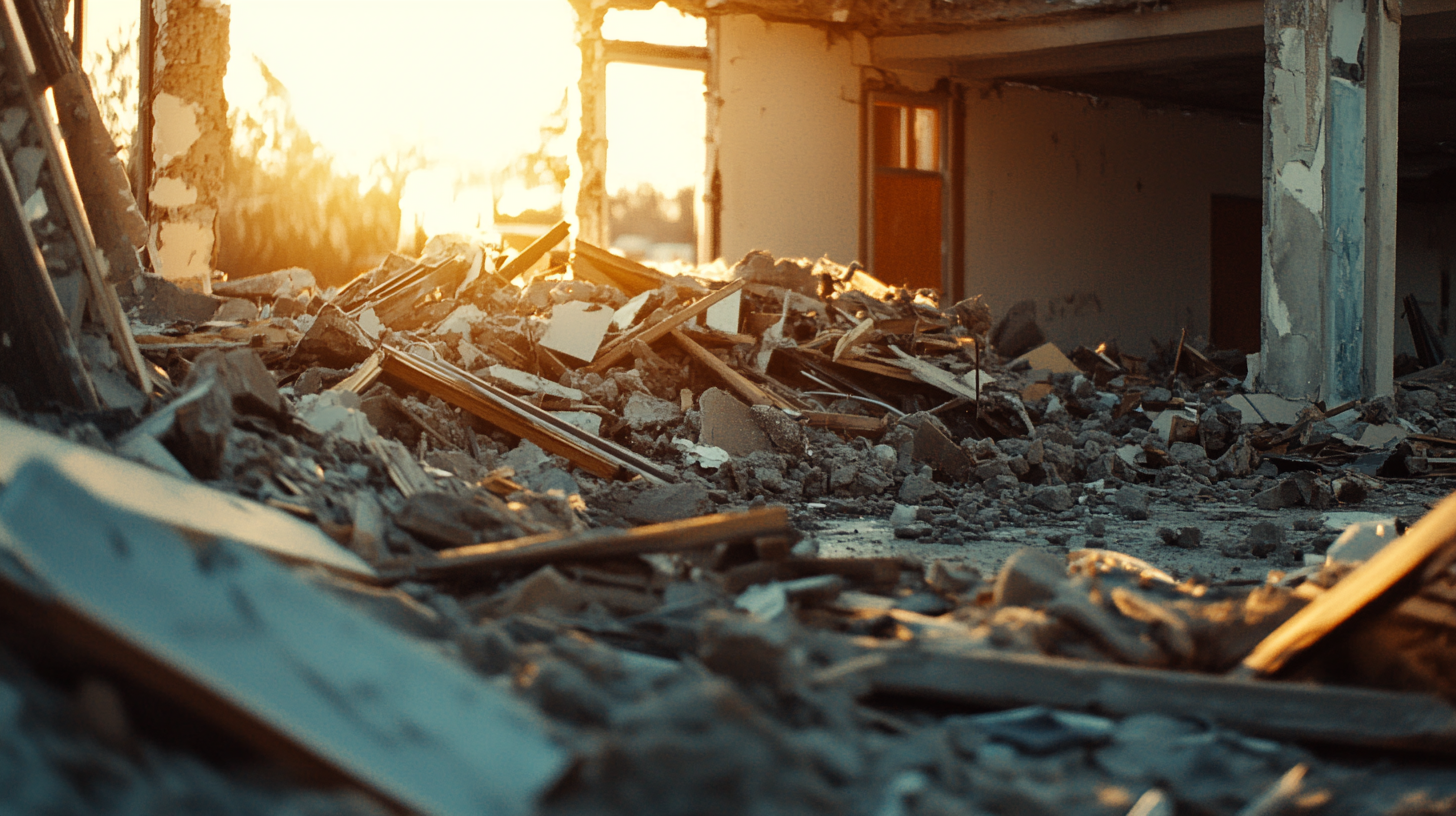
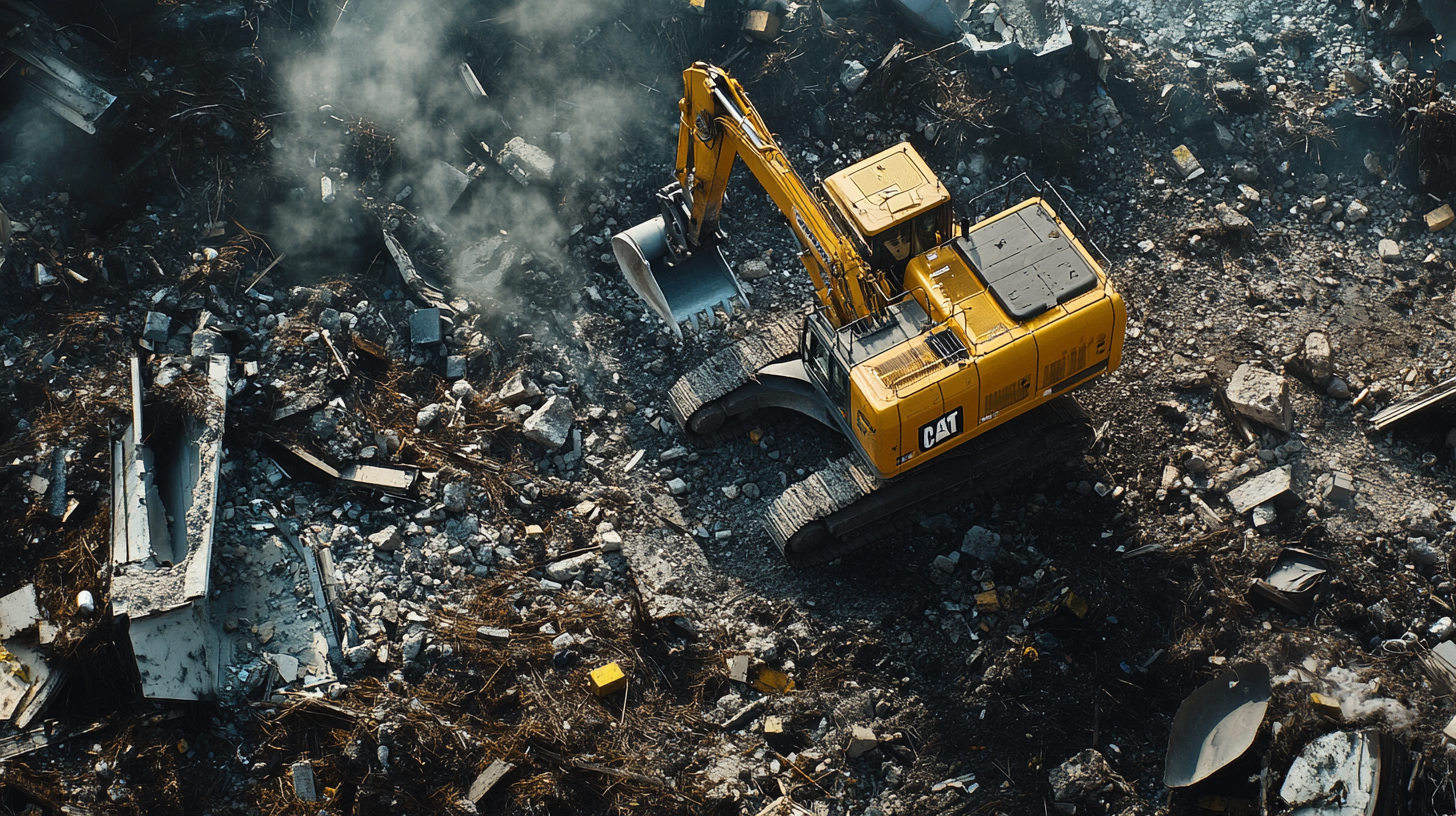
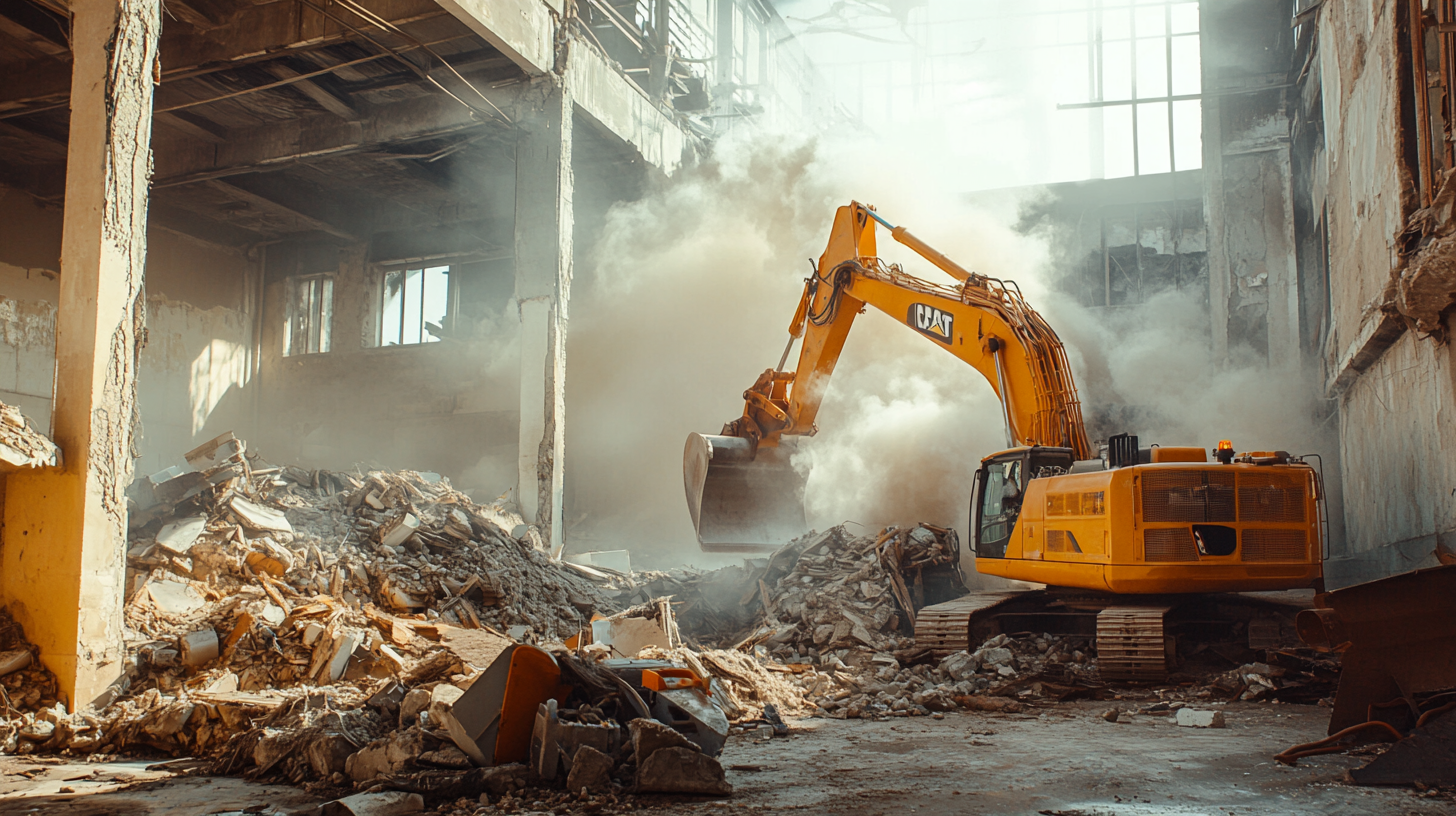
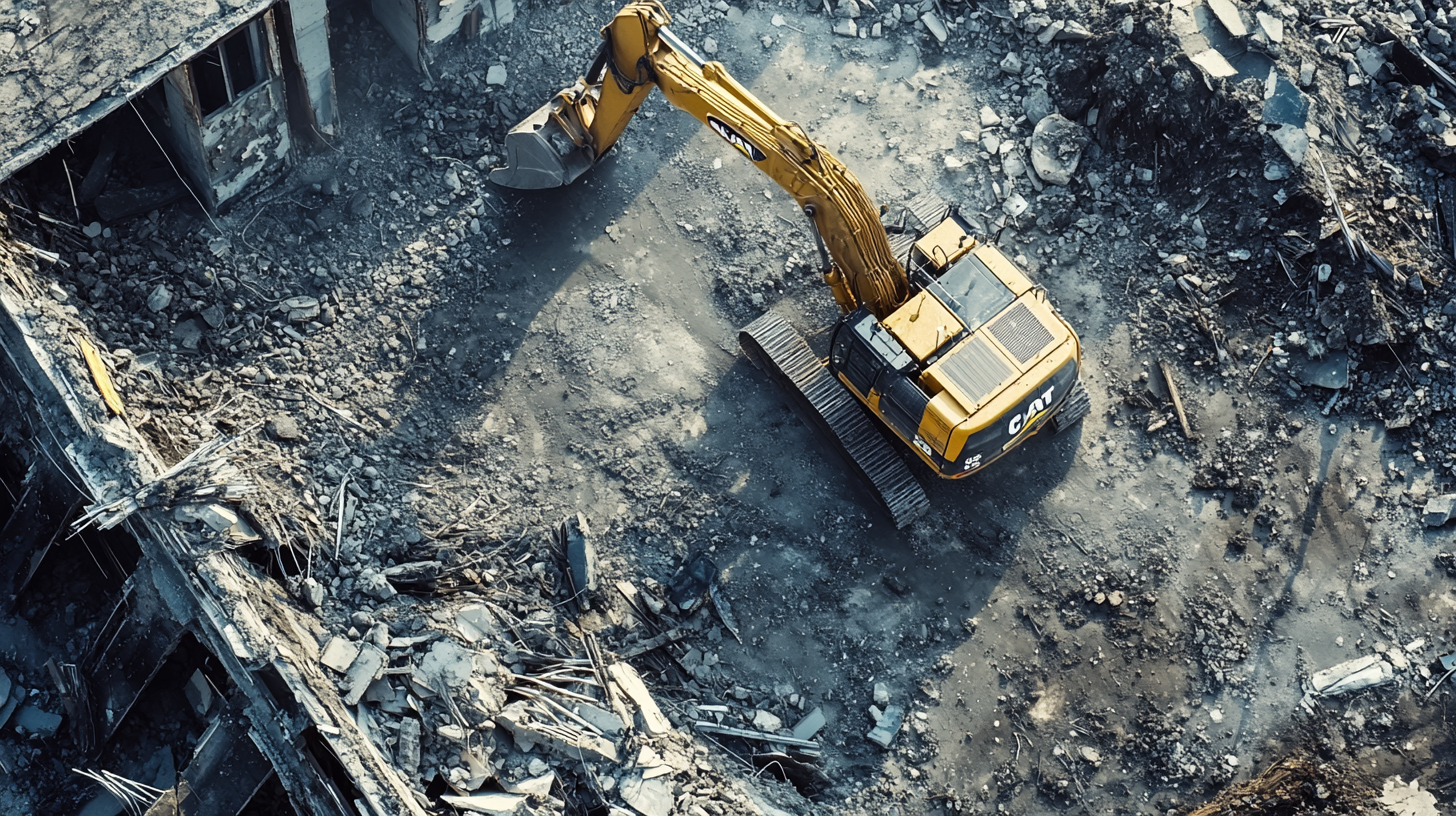
Got a Question? We’re Here to Help.
You can arrange an appointment or make an enquiry by phone or email, orget in touch to us via our contact form.

